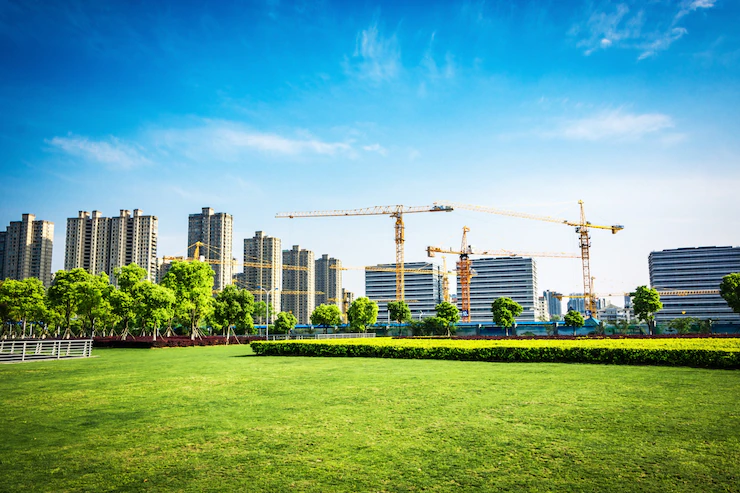How Land Development has Evolved Throughout History
by Abdul Aziz Mondal Real Estate Published on: 22 June 2022 Last Updated on: 24 June 2022

Land development has come a long way since the early days of human civilization.
From ancient civilizations like the Egyptians and Greeks to more modern times, land developers have had to change with the times to create thriving communities and economies.
In this article, we will look at some of the most critical developments in land development throughout history by Damon Becnel.
Prehistoric
Studying prehistoric land development can provide important insights into how humans interacted with their environment over time. By understanding how our ancestors transformed the landscape, we can learn lessons that can be applied to sustainable land management in the modern era.
One example of prehistoric land development is the domestication of fire. For centuries, humans relied on fire for warmth, light, and cooking. But as our populations grew, so made the demand for firewood. This led to the widespread deforestation of many areas, resulting in soil erosion and other environmental degradation.
But by learning from our mistakes, we can now take steps to prevent such problems from happening again. For example, we can use more efficient cookstoves that use less fuel or switch to renewable energy sources like solar power.
Ancient
The ancient Egyptians were some of the first people to develop large-scale irrigation systems. By diverting water from the Nile River, they created a network of canals that supplied water to their crops and allowed them to grow food in times of drought.
This early example of land development was so successful that the Ancient Greeks and the Romans later copied it. But as populations grew and urban areas expanded, these irrigation systems became less effective. This led to the development of aqueducts that transport water from distant sources into cities.

Land development has come a long way since the early days of human civilization.
Medieval
During the medieval period, European land development focused mainly on creating self-sufficient manors. These manors were designed to be as self-sufficient as possible, from food production to defense being taken care of on-site.
This land development allowed for more efficient use of resources but also led to a lot of waste. For example, many manors had private hunting grounds, which resulted in the overhunting of specific animal populations.
As we move into the modern era, we are starting to shift away from this type of land development. With the advent of globalization, many communities are now linked together in ways that were not possible before. This has led to a more collaborative land development approach to creating sustainable communities that can thrive long-term.
Modern
The modern era has seen many changes in how land is developed. One of the most significant changes was moving away from traditional farming practices. With the industrial revolution, many people began to move into cities to work in factories. This led to a decrease in the amount of land available for agriculture.
In response to this, farmers began to use more intensive farming methods, such as monoculture and factory farming. These methods allowed farmers to produce more food with less land but also harmed the environment. For example, monoculture leads to soil erosion and the overuse of pesticides, while factory farming often results in the mistreatment of animals.
Future
As we look to the future, it is clear that land development will need to change if we want to create sustainable communities. We will need to find ways to produce food without damaging the environment, and we will need to make urban areas that are livable and sustainable. We also need to find ways to protect our natural resources to enjoy them for generations to come.
Final Thoughts
The history of land development is a long and complex one. From the early days of human civilization, we have been changing the land to suit our needs. And as our populations have grown, so has the pressure on our resources.
But by understanding the history of land development, we can learn from our mistakes and make better decisions in the future. We can create sustainable communities that will thrive for generations to come.
Additionals:



































































































